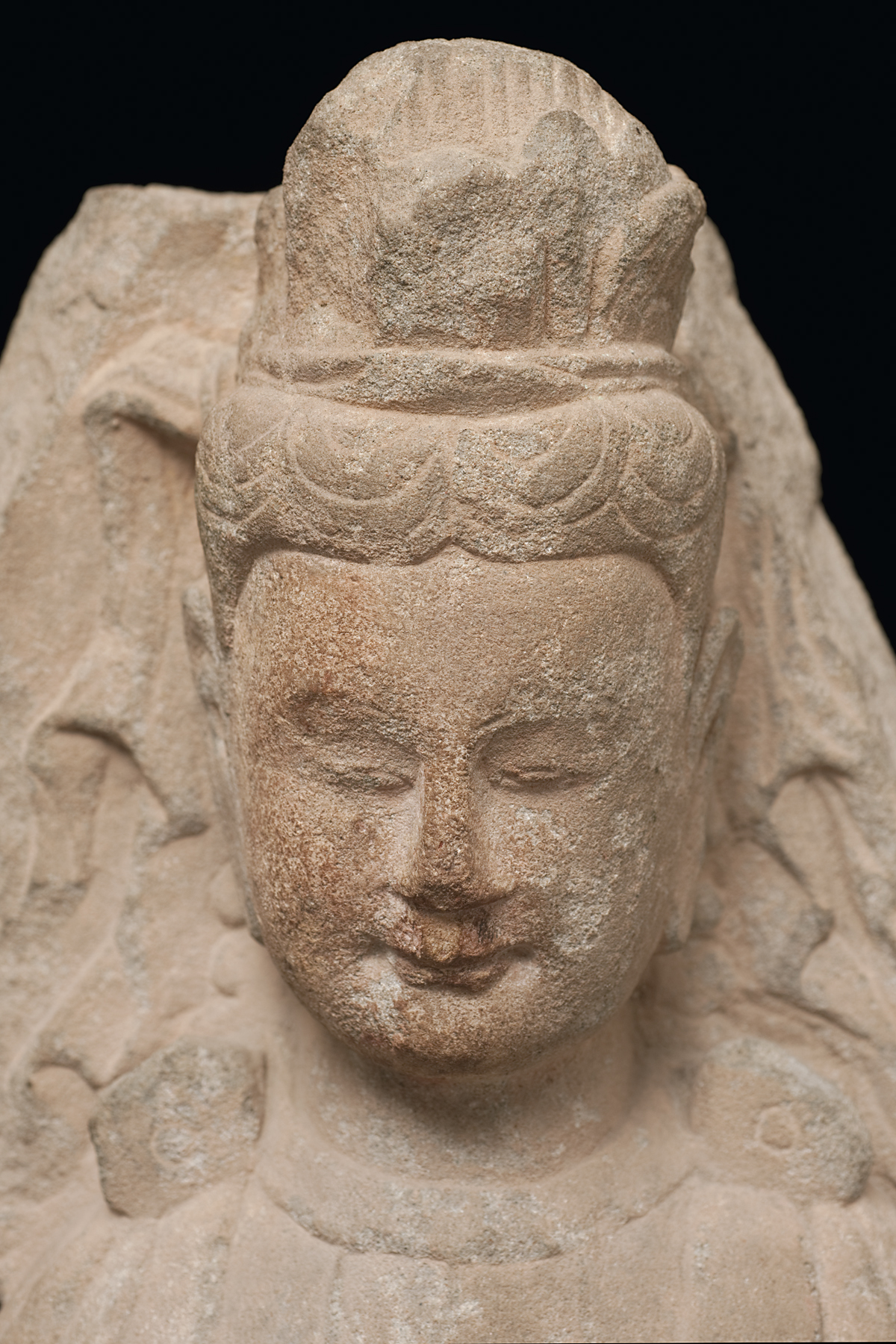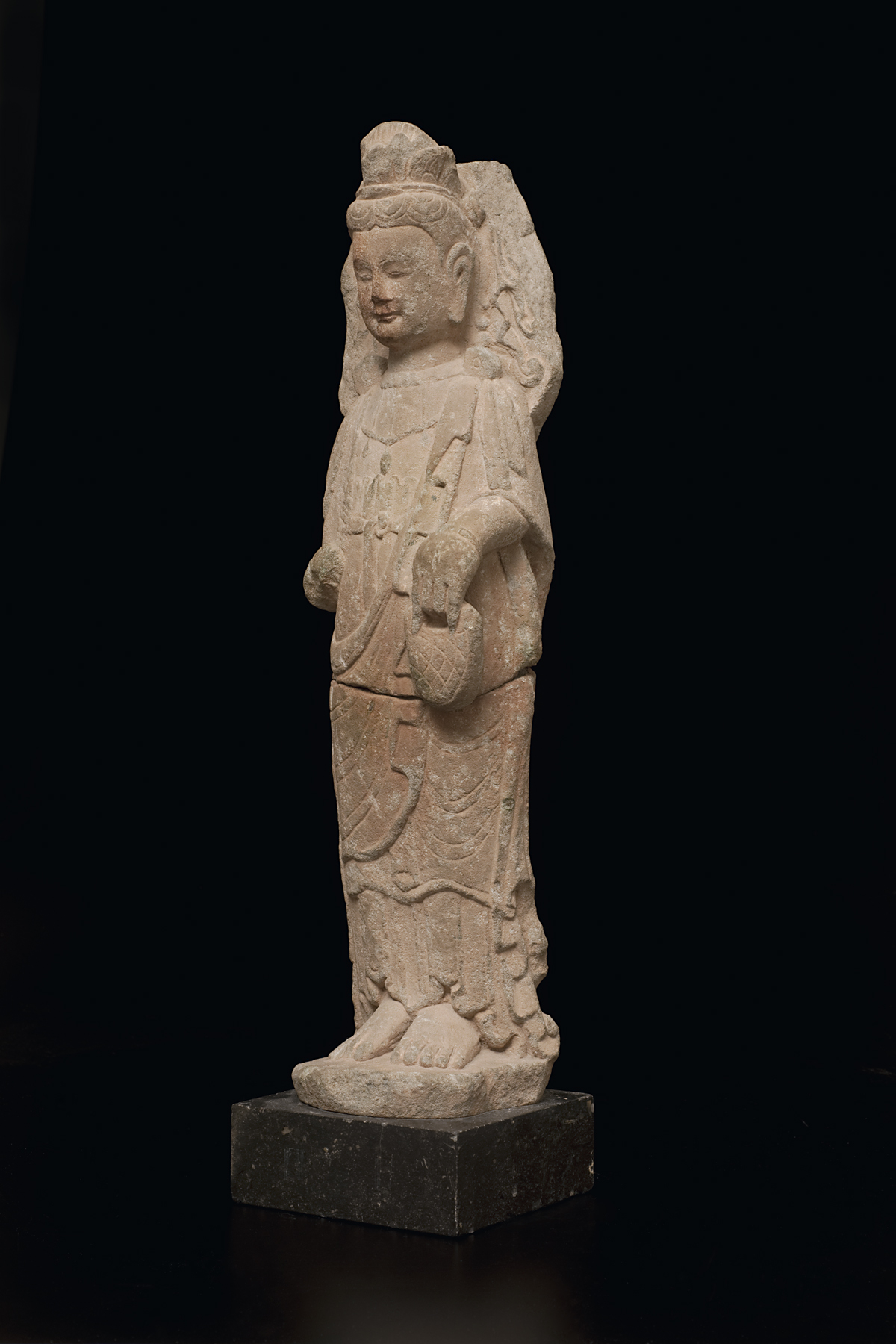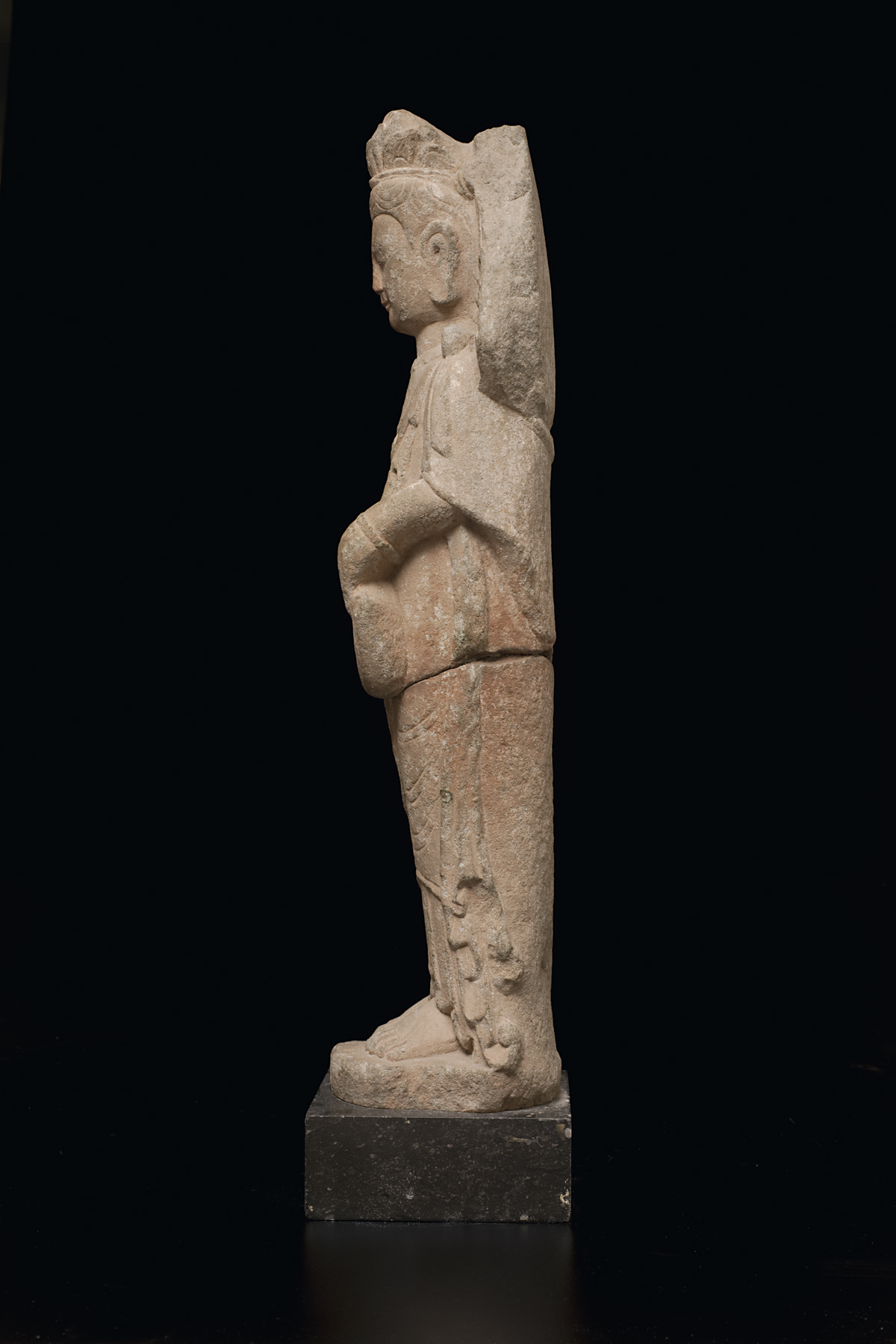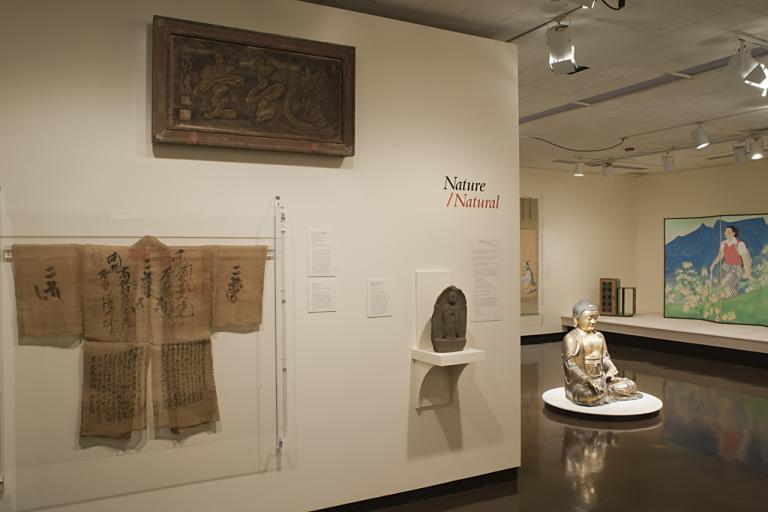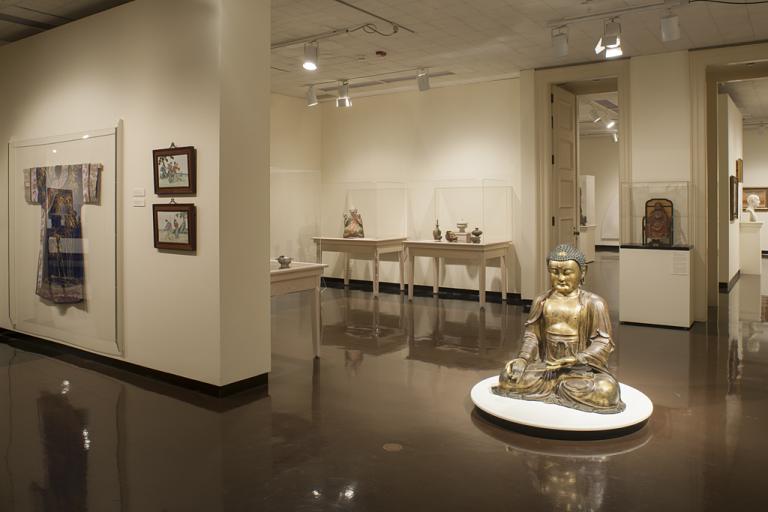Guanyin, unknown maker from China
Artwork Overview
Guanyin
, Northern Qi dynasty (550–577)
Where object was made: China
Material/technique: sandstone
Dimensions:
Object Height (Height): 72.1 cm
Object Height (Height): 28 3/8 in
Weight (Weight): 106 lbs
Object Height (Height): 72.1 cm
Object Height (Height): 28 3/8 in
Weight (Weight): 106 lbs
Credit line: Museum purchase: Elizabeth M. Watkins Fund
Accession number: 1962.0004
Not on display
If you wish to reproduce this image, please submit an image request


